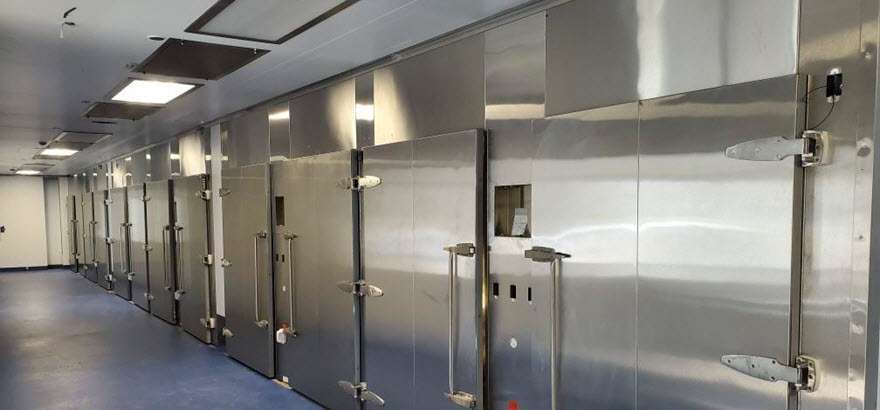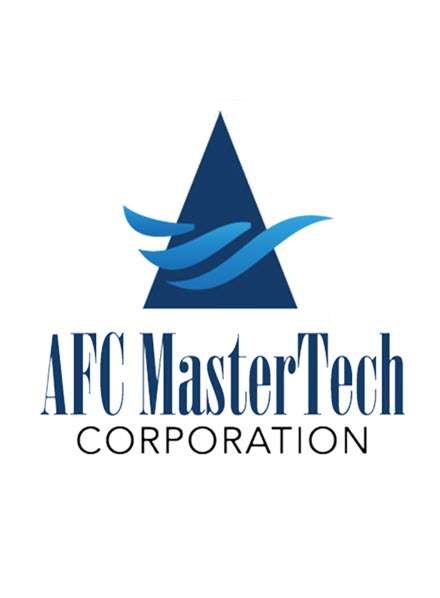Walk-in refrigeration systems have been essential in the foodservice industry for decades, providing the necessary cold storage for fresh and perishable goods. However, recent years have seen significant advancements in walk-in refrigeration technology, driven by the need for efficiency, sustainability, and food safety. In this article, we’ll explore the latest trends in walk-in refrigeration, shedding light on how these innovations are transforming the way businesses store and manage their food inventory.
1. Energy Efficiency
Energy efficiency is a top priority in modern walk-in refrigeration systems. Manufacturers are designing units to minimize energy consumption while maintaining optimal temperature conditions. This is achieved through advanced insulation materials, efficient compressors, and smart temperature controls. Energy-efficient walk-in refrigeration not only reduces operational costs but also aligns with environmental sustainability goals.

2. Smart Monitoring and Control Systems
Walk-in refrigeration systems are becoming smarter with real-time monitoring and control features. These systems allow operators to remotely track temperature, humidity, and system performance. In case of temperature fluctuations or equipment issues, instant alerts are sent, enabling proactive maintenance and minimizing the risk of food spoilage.
3. Customization
Recognizing that businesses have varying storage needs, manufacturers offer customizable walk-in refrigeration solutions. Customization allows businesses to tailor the unit to their specific requirements, optimizing space usage and ensuring efficient cold storage.
4. Advanced Insulation
Innovations in insulation materials enhance temperature stability and energy efficiency in walk-in refrigeration. Eco-friendly insulation materials made from recycled components contribute to sustainability efforts while ensuring that food remains at the right temperature.
5. Ergonomic Design
Efficiency in the kitchen depends on a well-designed walk-in refrigeration unit. The latest models feature ergonomic designs with features like sliding shelves, adjustable racking systems, and easy-glide doors, improving accessibility and workflow efficiency.
6. Durability
Longevity is crucial for minimizing downtime and equipment replacement costs. Newer walk-in refrigeration units are built to withstand the demanding conditions of commercial kitchens, reducing the need for frequent replacements.
7. Safety Compliance
Meeting safety standards and regulations is imperative in the food industry. Innovative walk-in refrigeration units incorporate safety features such as secure door locking systems, temperature alarms, and compliance with health codes.
8. Cold Storage Management Software
Efficient inventory management is vital in commercial kitchens. Cold storage management software allows businesses to track and manage inventory seamlessly, reducing food waste and optimizing ingredient usage.
9. Remote Diagnostics and Servicing
Minimizing equipment downtime is essential. Walk-in refrigeration units now come with remote diagnostic capabilities, enabling technicians to diagnose and resolve issues remotely, reducing repair time and kitchen operation disruptions.
10. Adaptability
Walk-in refrigeration units designed for flexibility can adapt to evolving business needs. Modular units, for example, can be expanded or reconfigured as businesses grow, providing versatility and scalability.
In conclusion, innovation in walk-in refrigeration is shaping the future of food storage and preservation in the foodservice industry. These trends in energy efficiency, smart technology, customization, and sustainability are not only enhancing food storage capabilities but also optimizing kitchen operations, reducing costs, and ensuring food safety. Businesses that stay informed about these advancements and embrace the latest innovations will have a competitive edge in providing fresher, safer, and more sustainable foodservice solutions.






